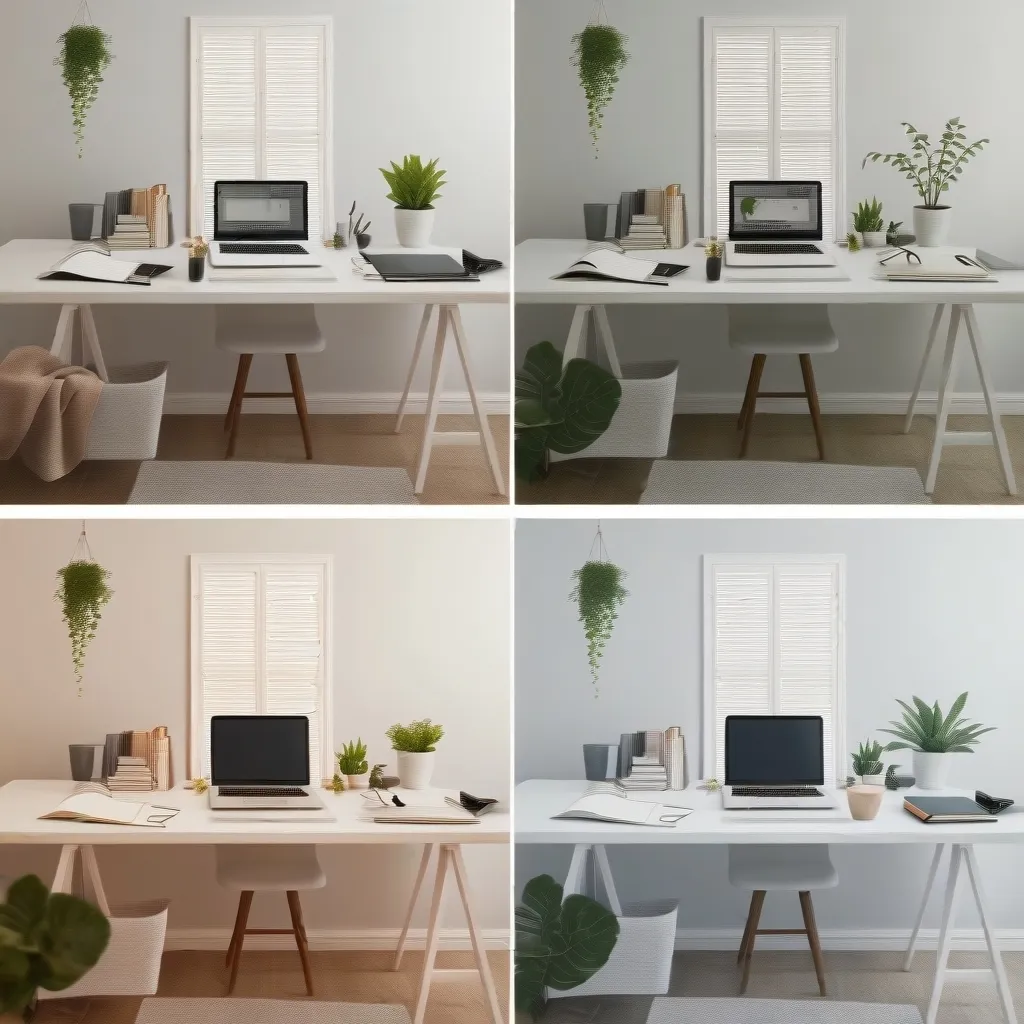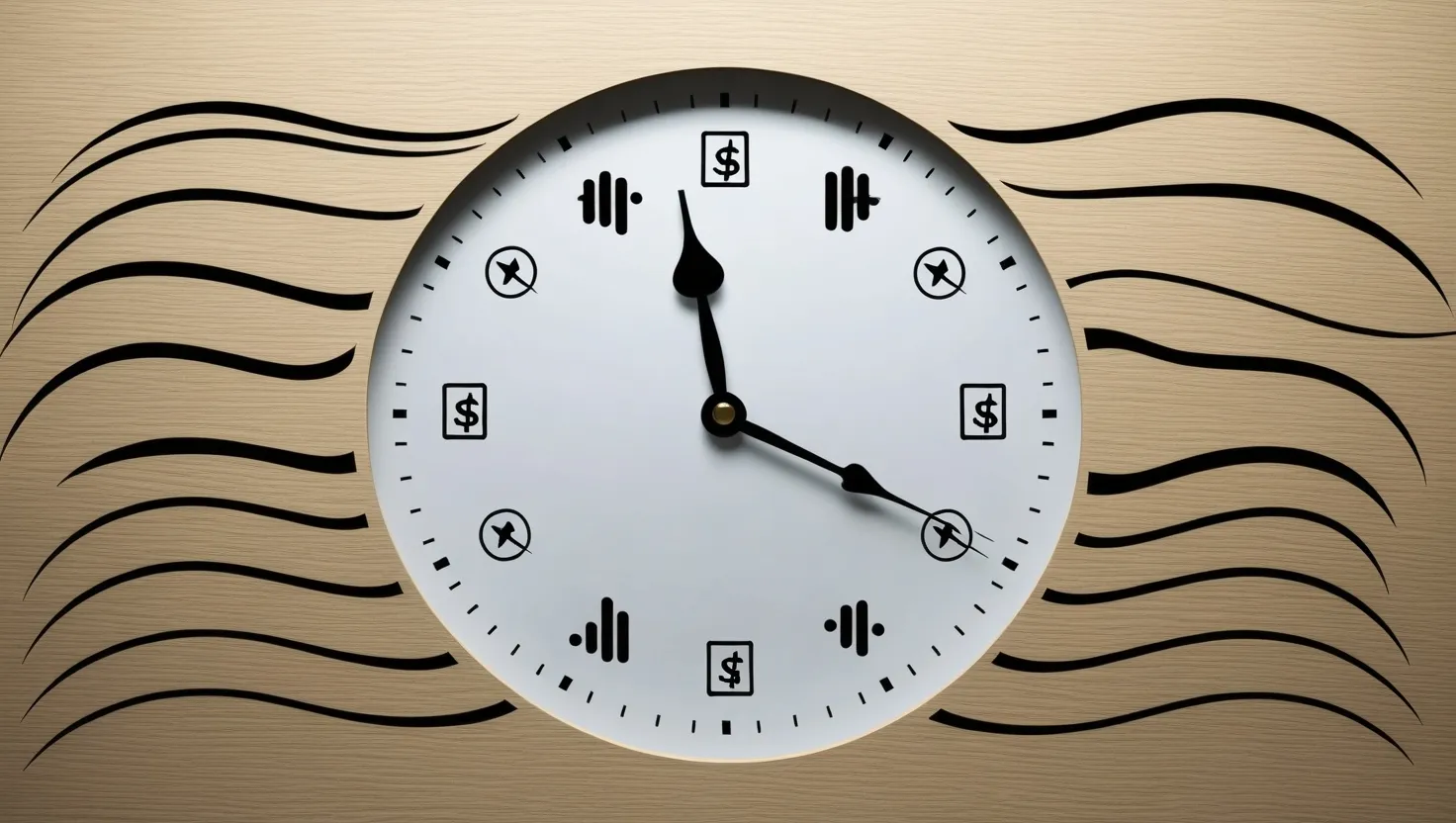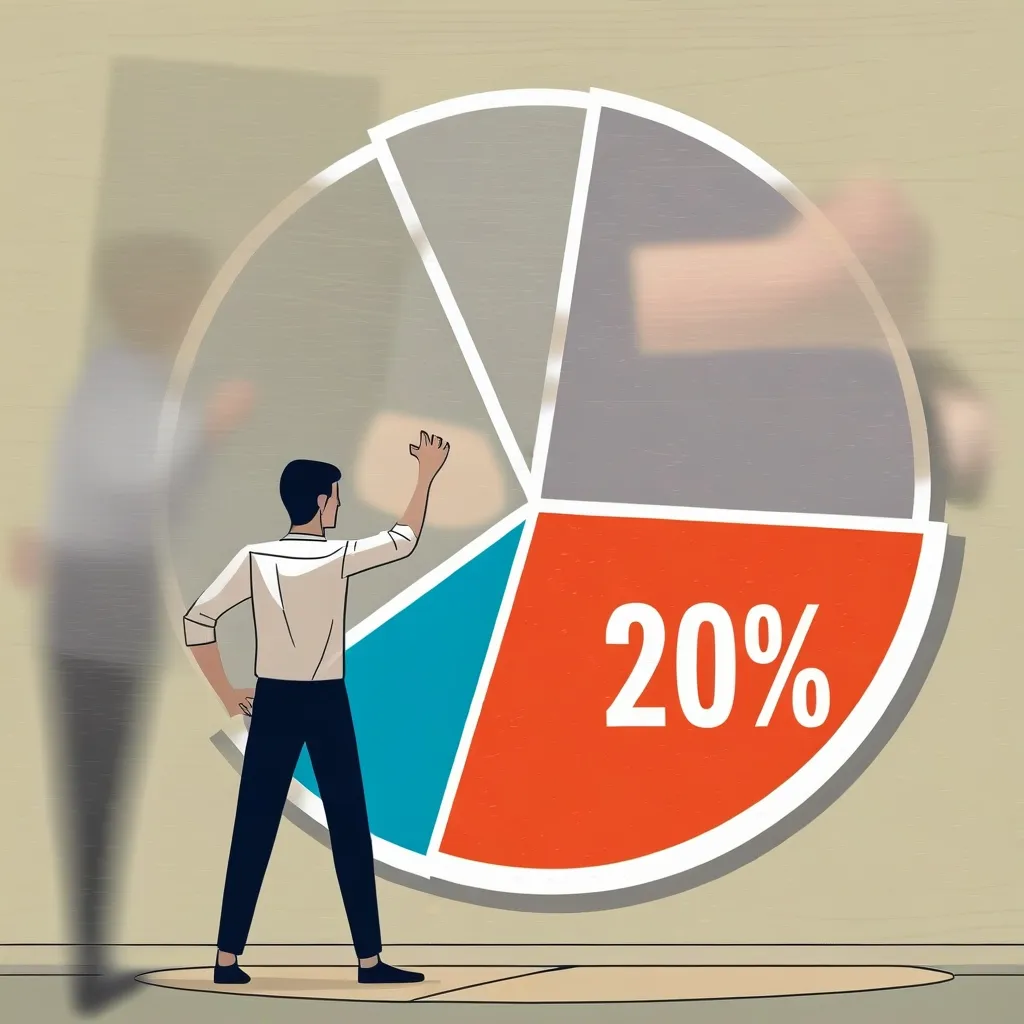The Magic of a Shutdown Ritual: Your Key to a Balanced Life
We live in a world that seems to move faster every day; work and personal life blur into one messy swirl, especially for those clocking hours from home. Enter the shutdown ritual—a game-changer that can help draw the line between work and play. This simple yet powerful practice helps you switch gears from work mode to personal time, significantly reducing stress, enhancing sleep, and boosting productivity. Let’s dive into this transformative concept.
Why You Need a Shutdown Ritual
If you work from home, you’ll know how easy it is to get swallowed up by an endless list of tasks. Your inner voice might constantly nag you to send one more email or spend an extra 20 minutes on that project—before you know it, you’re still glued to your screen, hours past quitting time. This never-ending work loop leads straight to Stressville, with pitstops at Anxiety Town and Health Issues Junction. A shutdown ritual is your ticket out of this mess.
So, What’s a Shutdown Ritual?
Think of a shutdown ritual as a sign-off for your brain at the end of the workday. It’s not just about slamming your laptop shut; it’s about creating both physical and mental boundaries between work and downtime. It might include activities like journaling, planning for the next day, tidying up your workspace, or even meditating. The idea is to develop a routine that convinces your brain it’s time to shift gears.
Tailoring it to Your Needs
Before you can build your perfect shutdown ritual, you need to understand what stresses you out. Are you finding it tough to switch off from work? Overwhelmed by unfinished tasks? Anxious about the mountain of work waiting for you tomorrow? Identifying these stress triggers can help shape the activities in your shutdown ritual to tackle them head-on.
Picking Your Calm Kickstarters
Once you know your stress points, the next step is to choose activities that help you relax and feel accomplished. Journaling about your day could help you reflect on your achievements and get ready for tomorrow. Decluttering your workspace offers a sense of order and control. Meditation can calm your busy mind, prepping you for an evening of relaxation.
Drawing Clear Lines
A major part of any successful shutdown ritual is setting clear boundaries between work and personal life. This could involve creating simple signals like closing your laptop, turning off work notifications, or changing into different clothes. The aim is a mental cue that it’s time to switch off from work and switch on to personal time.
Getting Ready for Tomorrow
Taking a few minutes to organize and plan for the next day is essential. Gather up any unfinished tasks and jot them down. Whether you use a productivity app or good old-fashioned pen and paper, this step helps you feel more in control and less overwhelmed. It means you’ll hit the ground running when you start work the next morning, rather than scrambling to figure out what needs doing.
Prioritize and Plan
Start with your toughest task first thing in the morning, also known as the “Eat the Frog” method. On the flip side, you might prefer knocking out a quick, simple task for an early win to boost your momentum. Breaking larger tasks into smaller chunks can also make them feel more manageable.
Celebrate Your Wins
Ever checked something off your to-do list and then promptly forgotten it existed? Taking even a brief moment to reflect on what you’ve achieved can be incredibly rewarding. It’s a way to appreciate your hard work, giving you a sense of satisfaction that makes it easier to transition into your personal time.
Commit to Your Routine
Write down your shutdown ritual and commit to it. Consistency is key—practicing these actions every day makes it easier to associate them with the end of your workday. You’re reprogramming your brain to recognize these cues as permission to transition to personal time.
Health Perks Galore
A solid shutdown ritual can work wonders for your health. By giving you closure at the end of the day, it reduces stress and improves sleep quality. Clear boundaries between work and life mean you’re less likely to drag work stress into your personal time, allowing you to fully engage in activities that recharge you.
Practical Shutdown Rituals
Your shutdown ritual can be as unique as you are, but here are some practical ideas:
- Journaling: Spend 10 minutes writing down your accomplishments and what you might improve tomorrow.
- Planning: Devote 5 minutes to organizing tasks for the next day and prioritizing them.
- Decluttering: Clean your workspace to create a sense of order and control.
- Meditating: A short meditation can calm your mind and prepare you for the evening.
- Closing Shop: Physically close your laptop, log off work networks, and change clothes to mark the end of your workday.
Crafting Your Personal Ritual
Creating your shutdown ritual involves a few steps:
- Identify Your Stressors: Understand what causes you stress and what needs addressing.
- Choose Your Activities: Select unwinders that make you feel relaxed and accomplished.
- Set Boundaries: Make a clear separation between work and personal time.
- Organize and Plan: Outline tasks and prioritize them for the next day.
- Reflect and Celebrate: Acknowledge your wins, no matter how small.
- Write It Down: Commit to your ritual on paper.
- Iterate and Perfect: Experiment with different activities and adjust as needed.
Consistency is Key
Repetition is the foundation of any effective shutdown ritual. By sticking to the same routine each day, you’re training your brain to recognize these actions as the official end of work. This helps make the transition to personal time smoother and keeps work-related thoughts at bay during your evenings.
Curb Decision Fatigue
A good shutdown ritual reduces decision fatigue. By pre-organizing tasks for the next day, you face fewer choices in the morning, leaving you fresher and more focused. This positive habit can have a ripple effect, improving other routines like your morning or bedtime habits, resulting in overall better health and well-being.
Flexibility Matters
Life happens, and no shutdown ritual will be perfect every day. Be flexible enough to adapt your routine as needed. The goal is to create a routine that helps you switch from work mode to personal time without adding extra stress to your day.
Wrapping It All Up
To sum it up, establishing a daily shutdown ritual can be a powerful tool for maintaining a balanced life. By creating a structured routine at the end of your workday, you signal to your brain that it’s time to relax. This straightforward practice can significantly reduce stress, improve sleep quality, and ultimately boost productivity. Take the time to design a shutdown ritual that fits you, and watch how it transforms your everyday living.






